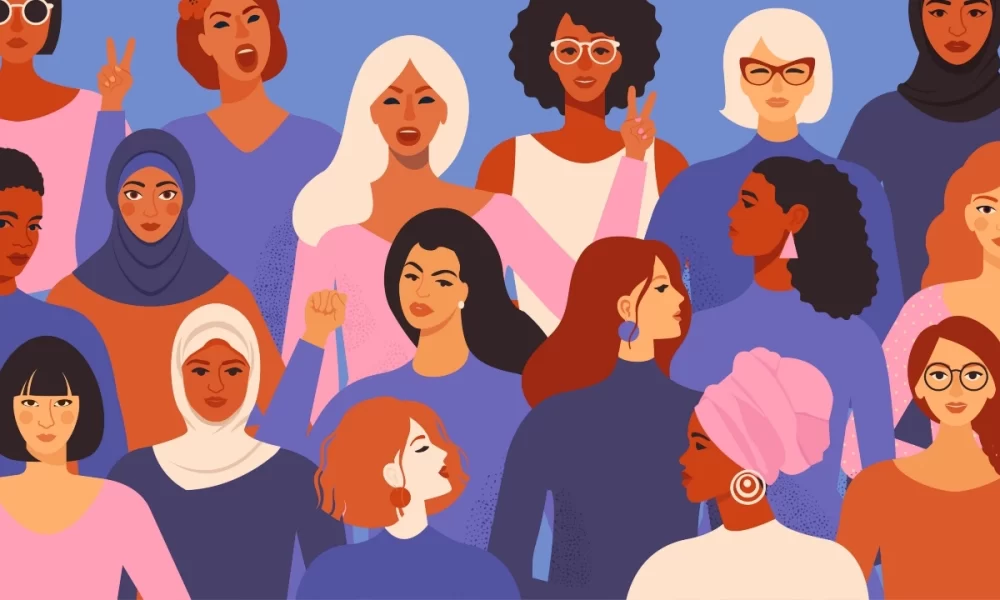Business
Opinion: 5 steps to close the marijuana industry’s C-suite gender gap

In an industry that once had an unusually high percentage of female CEOs, the marijuana sector now has fewer women in leadership positions than the U.S. average.
According to MJBizDaily’s 2022 report, “Diversity, Equity & Inclusion in the Cannabis Industry,” the percentage of women executives in cannabis fell from 36.8% in 2019 to 23.1% last year.
Meanwhile, the Russell 3000 index of publicly traded companies reports that women now hold 28% of board seats of the 3,000 largest U.S. stocks it tracks.
How did we get here?

In general, power is a self-fulfilling prophecy.
Statistically, white men have disproportionate access to capital and connections. And capital opens doors.
More opportunity equals more power. Having more women in leadership positions will, too.
Why is women’s leadership stagnating in the cannabis industry while it’s on the rise for U.S. companies overall?
Emerging industries are considered more speculative and riskier.
This perception tends to favor those who have deeper financial reserves to draw from, meaning they can survive short- to medium-term losses and play an extended long game while facing steep regulatory burdens and taxation.
Industry consolidation, too, is directly correlated to fewer women in leadership.
Corporate consolidation inevitably leads to fewer women in leadership positions because of the gender makeup of most corporate boards.
Closing the gender gap takes intention and commitment.
Here are some suggestions for increasing women’s leadership roles in the cannabis industry:
1. Choose women
This action is so obvious that it’s sometimes missed.
If you can’t find qualified female candidates for a position, your search is probably not wide enough.
Continue recruiting until you find qualified women. Pay close attention to candidates who might not have held C-suite titles but consistently perform beyond their pay grade.
2. Incentivize women’s leadership
Programs that recognize and reward women’s leadership can help close the gap.
In New Jersey, certified female-owned businesses are eligible for priority processing for cannabis licenses.
This can give a boost to female operators, especially when a limited number of licenses are available.
The certification process for such incentive programs can be lengthy.
Prioritizing funding and staffing for programs that incentivize women’s ownership is necessary to ensure competitive timelines.
3. Check the double standards
Addressing workplace bias in women’s leadership has as much to do about how we talk about women in leadership roles as it does actively placing them in leadership positions.
It’s lonely at the top, and female leaders tend to have the harshest critics.
Whereas men are often rewarded for their titles or results, a woman’s job performance is more likely to be discussed in terms of their likability or aspects of their personal lives than their performance, skills or achievements.
Women can be the harshest of all toward each other. Accountability for how we regard powerful women creates a more welcoming work culture for women.
4. Invest in women
The most direct way to support women’s leadership is to invest capital into female-run businesses.
Additionally, there are various methods to attract women to C-suite positions, including:
- Professional development plans.
- Mentorship plans.
- Recruiting from within your organization.
- Advertising employment opportunities strategically.
Effective professional development programs include leadership training, mentoring and coaching, and sponsorship to build skills and knowledge that help women advance their careers and break through barriers that prevent them from reaching leadership positions.
Recruiting from within the organization is an underutilized strategy. Current employees can transition to leadership easily and require less training.
Strategic advertising includes posting jobs in women-centered organizations and female-led nonprofit groups.
Mentorship programs can be leveraged by companies to draw women into C-suite roles by offering them guidance, support and networking opportunities that can assist them in developing the required leadership skills and experience.
5. Access to banking
One of the greatest hurdles that the cannabis industry faces is the inability to access traditional funding sources because of federal marijuana prohibition.
This encourages entrepreneurs and companies to seek out riskier financing.
Limited access to capital disproportionately affects women.
Most hard money lenders and venture capitalists are men, who are statistically more likely to loan money to other men.
Opening banking options for the industry will create a safer industry overall and support more gender equity in financing.
Fundamentally, gender parity in leadership is not charity. It’s good business.
Underrepresented groups are more likely to bring diverse ideas, perspectives, market insights and tools to the table, which drive innovation and profit.
A 2015 McKinsey report revealed that companies with more gender diversity among leadership experienced greater financial gains, meaning closing the gender gap is good for the bottom line.
Sarah Bodnar is the founder of Golden State Public Affairs, a boutique political consulting agency based in California. She can be reached at sarah.bodnar@gmail.com.
Summer Westerbur is the founder of Colorado-based Kairos Insurance Group, a boutique insurance agency providing employee benefits. She can be reached at summer@kairosinsurancegroup.com.
Source: https://mjbizdaily.com/5-steps-to-close-the-cannabis-industrys-c-suite-gender-gap/